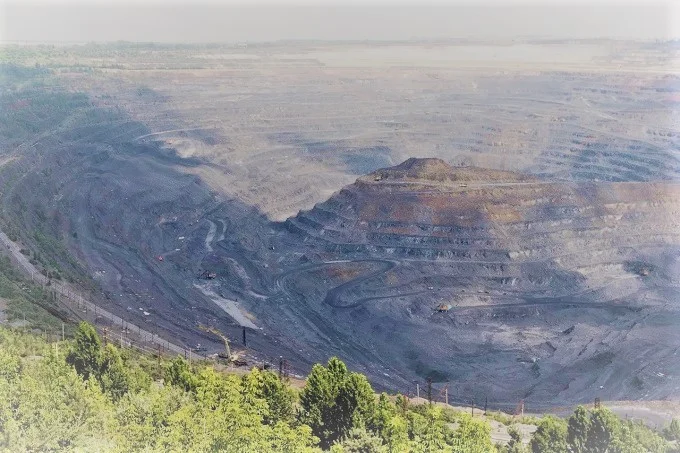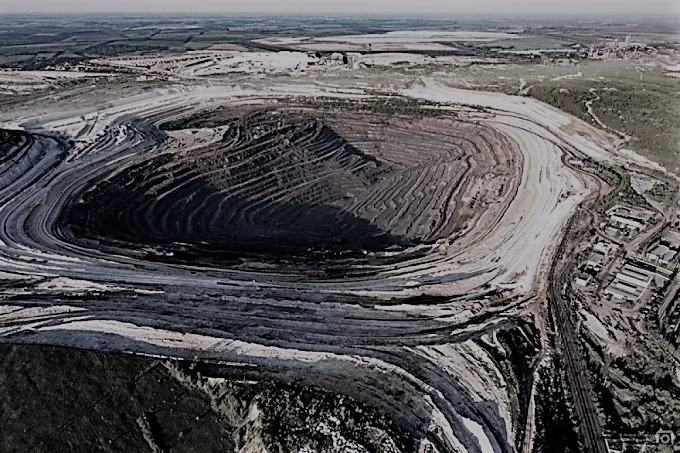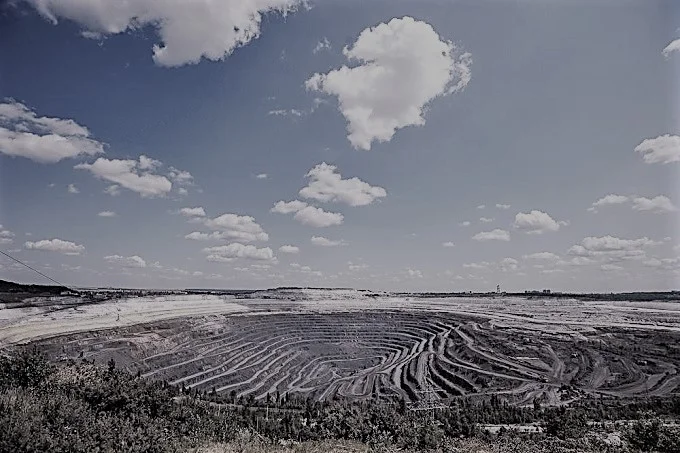Kursk magnetic anomaly and its strange properties

Anomalies on Earth can be found everywhere. There is a place in Russia called the Kursk Magnetic Anomaly. If you decide to visit this place for some reason, be careful, because you can easily get lost there.
In the Kursk magnetic anomaly area, you will notice that the compass is faulty and may confuse the south with the east and the north with the west.
The Kursk magnetic anomaly (KMA) is recognized as the largest in the world, and its strange properties have been baffling scientists for many years.

A magnetic anomaly is a change in the magnitude of the Earth’s magnetic field as a result of transformations of the chemical composition or magnetism of rocks. This means that there is a huge amount of metal in the crust, and this, in turn, can block the rest of the Earth’s huge magnetic field!
Located between the Kursk, Belgorod, and Oryol regions in southwestern Russia and near the Ukrainian border, the Kursk anomaly was discovered in 1773 by Russian astronomer Pyotr Inokhodtsev, but it was not explored until 1874, when scientists conducted the first geomagnetic survey of European Russia. No one could really understand the nature of the anomaly at that time.
In 1883, associate professor of Kharkiv University N.D. Pilchikov finally revealed the truth about the Kursk anomaly. After making dozens of observations, he explained the anomaly by the presence of iron ore.

The crustal magnetization model, based on magnetic field measurements made by NASA’s Magsat, OGO-2, OGO-4, and OGO-6 satellites, was designed to match other information about the magnetic properties of the Earth’s crust, such as the contrast of magnetic properties between oceanic and continental crust. Information about the thickness and temperature of the magmatic crust is also included in this model.
The Kursk anomaly is a huge territory. It is larger in area than Greece, North Korea, Bulgaria, or Cuba.

Scientists have found that the Kursk anomaly accounts for more than 30 billion tons of iron ore, extending almost 50 thousand square kilometers. According to researchers, it accounts for about 50 percent of the Earth’s total iron ore reserves.
Due to its unusual properties, this unique geological phenomenon is called the “Third Magnetic Pole of the Earth”.




